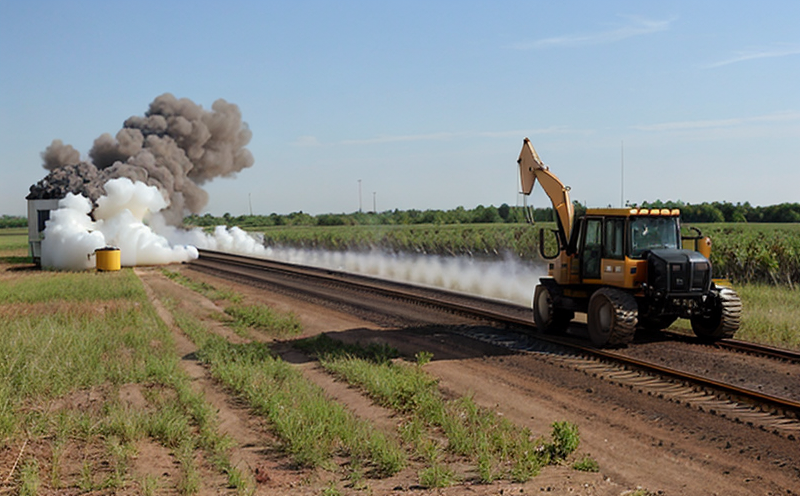UNE 11016 Resistance of Coatings in Furniture to Humidity and Temperature Testing
The UNE 11016 standard is an internationally recognized protocol used primarily for testing the resistance of coatings applied to furniture against humidity and temperature variations. This method ensures that the protective finishes on furniture withstand environmental changes, thereby enhancing their durability and longevity.
UNE 11016 is particularly relevant in sectors where wood-based products are exposed to varying conditions, such as residential and commercial interiors. The standard provides a standardized procedure for assessing how well coatings can retain their integrity under exposure to humidity and temperature swings, which are common factors in many environments.
The testing process involves conditioning the coated specimens to specific relative humidity levels and temperatures over a set duration. Specimens are then subjected to these conditions before being evaluated for any changes in appearance or properties that could indicate a loss of coating integrity. The results provide critical insights into the performance of coatings, helping manufacturers make informed decisions about their product specifications.
Quality managers and R&D engineers rely on this testing method to ensure compliance with international standards while also improving product quality by identifying potential weaknesses early in the development process. Compliance officers use these tests as part of their audit processes to verify that products meet specified requirements, thus ensuring consistent performance across all batches produced by a facility.
For procurement teams, selecting suppliers who adhere to rigorous testing protocols like UNE 11016 can lead to better-performing products and improved customer satisfaction. The standard helps buyers identify reliable partners capable of delivering high-quality materials that will stand up to challenging environmental conditions over time.
Industry Applications
| Application | Description |
|---|---|
| Wood-based furniture manufacturing | This application focuses on ensuring that coatings applied to wooden components can withstand varying environmental conditions, protecting the integrity of the finished product. |
| Interior design and architecture | The standard is used by professionals in these fields to ensure that their clients receive durable finishes for furniture pieces exposed to fluctuating environmental factors. |
| Furniture restoration services | In this context, UNE 11016 helps determine whether existing coatings on antique or vintage furniture have retained their protective properties adequately over time. |
| Suppliers of wood-based finishes and paints | Manufacturers use the standard to validate that their products perform consistently across different humidity levels and temperatures, ensuring consistent quality for consumers worldwide. |
The UNE 11016 protocol is essential in these industries because it provides a reliable method for assessing coating resistance under environmental stress. This ensures that manufacturers can create durable finishes suitable for a wide range of environments, enhancing both the aesthetic appeal and practical use of furniture products.
International Acceptance and Recognition
The UNE 11016 standard is widely recognized in countries across Europe and beyond. It has been adopted by various national standards bodies as a means to ensure consistent quality among manufacturers and suppliers. Compliance with this standard demonstrates a commitment to producing high-quality, environmentally resistant furniture coatings.
UNE 11016 aligns closely with international standards such as ISO 2811-3:2017, which covers similar aspects of coating resistance but for different substrates. By adhering to these globally accepted protocols, manufacturers can ensure their products meet the highest standards expected by consumers and regulatory bodies alike.
The acceptance of UNE 11016 extends beyond mere compliance; it represents a benchmark for excellence in furniture production. Adhering to this standard not only enhances product quality but also opens up opportunities for export markets where stringent environmental requirements apply.
Environmental and Sustainability Contributions
- Reduces waste by ensuring coatings last longer under varying environmental conditions.
- Promotes sustainable manufacturing practices through rigorous quality control.
- Encourages the use of eco-friendly materials in coatings that are more resistant to environmental stresses.
- Contributes to extended product life cycles, reducing the need for frequent replacements and thus conserving resources.
The UNE 11016 standard plays a crucial role in promoting sustainability within the furniture industry by focusing on reducing waste and enhancing durability. By adhering to this protocol, manufacturers contribute positively to environmental efforts while also improving their bottom line through cost savings associated with longer-lasting products.





